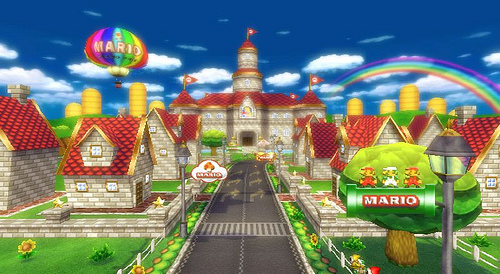
Here’s an astounding statistic: nearly 36 million Nintendo Wii consoles have been sold, and that’s a conservative figure. The Wii is streets ahead of the Sony Playstation 3 and the Xbox 360, and is likely to eclipse behemoths like the Playstation 2 – Sony have shifted nearly 120 million of those but the Wii is at a much earlier stage in its lifecycle than the moribund PS2.
Compare those numbers to even the largest virtual worlds like Habbo and World of Warcraft and they emphasise the dominance of game consoles over similar PC-based activities. It remains difficult in some parts of Australia to buy a Wii over the counter – three months ago when I purchased mine, it took three attempts at three different stores before I was able to pick one up. When I finally did so and set it up, I was really gobsmacked at the centrality avatars are given on the Wii.
It’s all about Mii
A key part of the Wii experience is creating your avatar – your Mii (pronounced ‘me’). Every Mii is highly customisable and it’s very simple to go back at anytime and change your Mii’s appearance. In the pre-teen market this alone can provide hours of entertainment – I’ve seen kids aged between six and ten endlessly altering their Mii. Once your chosen Mii is set up, it then follows you into the Wii games you play. The Wii Fit utilises your avatar totally – it’s truly you as you enter a bunch of personal details like height, weight and eating habits . In the more game-like experiences such as Mario Kart, you can race your Mii against characters like Mario, Bowser and Princess Peach.
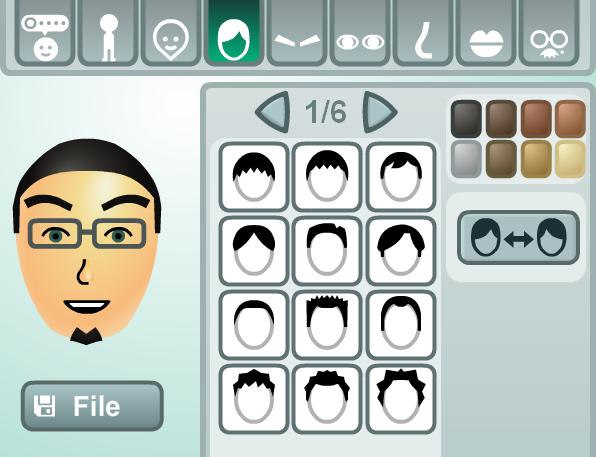
I feel connected
All that said, an avatar alone does not a virtual world make – the key is the Wii’s internet connectivity. Your Mii can mix with others you grant access and scores or Wii Fit results can be shared. There’s Mii contests and most games have some sort of online mode – Mario Kart for example allows you to race against other players worldwide, which is enormously fun. Actually getting connected is fairly simple, assuming you know the basic of wireless networking.
Not surprisingly, there’s also a Wii Shopping Channel where you can buy credits that can be exchanged for a range of products including old Nintendo Classic games like the original Mario and Zelda games. They work out at over $10 per download which isn’t cheap given their age, but the pull of sentimentality and convenience is likely to persuade some.
The contender for the title
There’s no standout aspect in the Wii offering that makes it a dominant virtual world contender – though the motion-aware Wii controller is an amazing piece of gear that cements that link between you and your avatar. It’s the overall offering that makes me think it’s likely to come out on top. Specifically:

On the age aspect, I’ve seen people in their 60’s immediately grasp the avatar concept as it’s presented on the Wii – two had never owned a computer. The Wii is far from unique in its offering – the Xbox 360 is testament to that. However, Nintendo appear to have created a product that has penetrated the mainstream entertainment market in a way no other console has to date. When you’ve got grandparents happily retelling stories of playing Wii sports with their grandchildren, something fundamental has occurred in the way gaming is perceived in society. Sony’s Home offering may provide some stiff competition in the medium term – but until then it’ll be fascinating to see how much the Wii saturates the market.
So there’s my hypothesis: by 2010 the Nintendo Wii will contain the world’s most populated virtual world. I’d really like to hear your thoughts on this.
A big thanks to beastandbean on Flickr for the Wii Fit photo and to gamesweasel for the Mario Kart Wii pic.
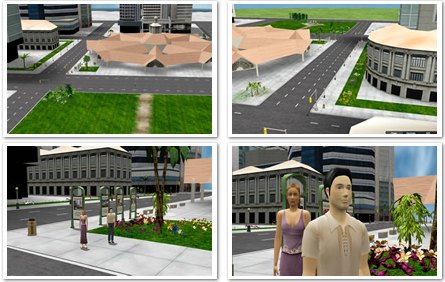
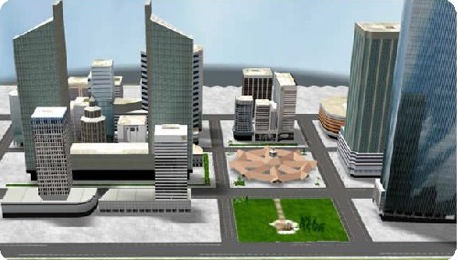


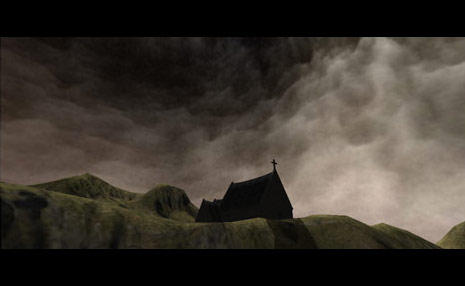
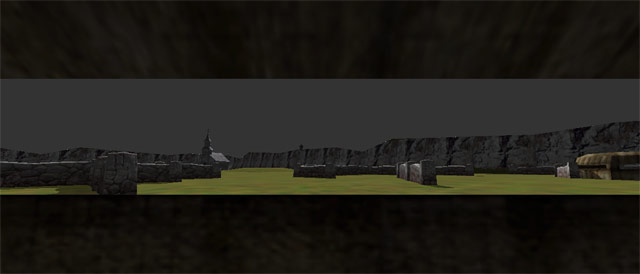
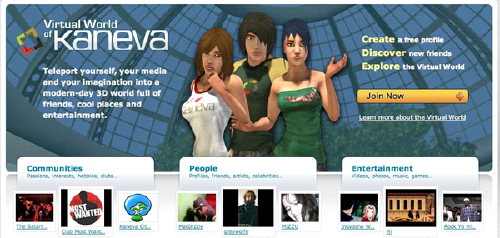
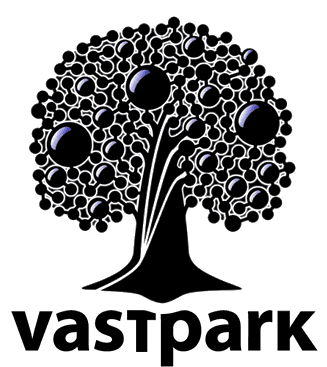
Recent Comments